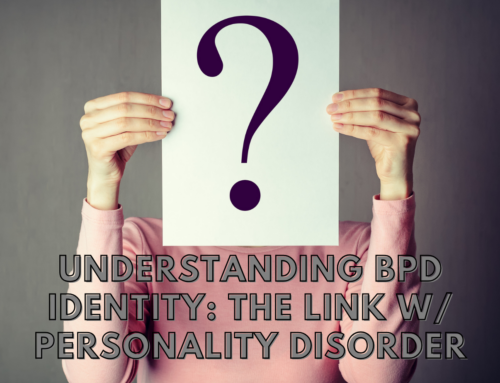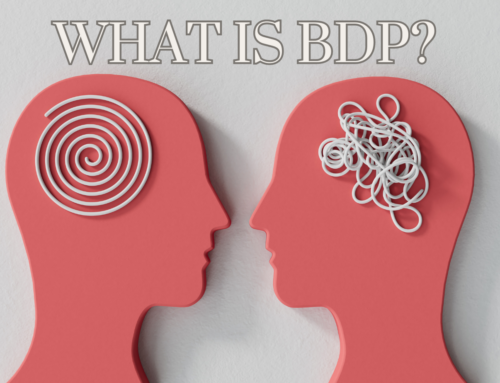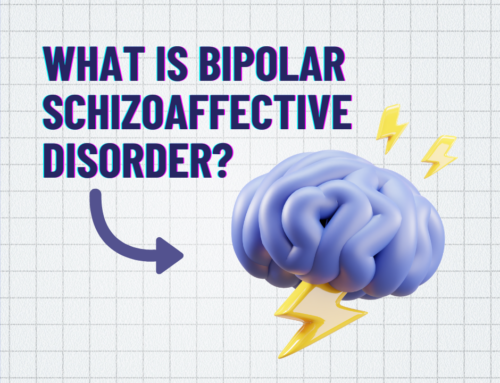Discussing mental health can be complicated enough without having to identify different types of various disorders. However, distinguishing each is crucial because it helps individuals better understand what they are experiencing. Bipolar disorder, for example, has three types characterized by differing symptoms, severities, and timelines. By identifying the symptoms of each, those struggling can put a name to their experiences and get the help they desperately need to heal.
Bipolar I Disorder
Individuals with bipolar I disorder have severe manic episodes that last a minimum of seven days and depressive episodes that last a minimum of two weeks. Manic episodes are usually severe enough for the person to be immediately hospitalized. Mixed episodes can also occur where the person may experience both depressive and manic symptoms simultaneously. These symptoms are more likely to occur in younger individuals, typically those in adolescence.
Bipolar II Disorder
Depressive episodes still occur in individuals with bipolar II disorder, but they do not experience the same manic episodes. Instead, they experience hypomanic episodes. These are less severe than manic episodes associated with bipolar I and typically do not require hospitalization. Hypomania usually lasts for a few days, while manic episodes last for a minimum of one week. Depressive episodes generally are more common in bipolar II than in bipolar I.
Cyclothymic Disorder
Also known as cyclothymia, this type of bipolar disorder is characterized by two year periods of hypomanic symptoms and depressive symptoms. For children and adolescents, this period is usually one year. The symptoms of each do not meet the diagnostic requirements to be hypomanic or depressive episodes, but the frequency of mood swings is higher than bipolar I and bipolar II. Often, cyclothymic disorder is considered milder than the other types of bipolar disorder.
When individuals only know of one type of bipolar disorder, this can leave them feeling unsure of what they are experiencing because their symptoms do not match. Learning about all three types can provide further insight into giving a name to a person’s symptoms so they can get the help they need. Alta Loma Transformational Services wants to help men struggling with bipolar disorder by helping them get diagnosed and treated according to their needs. We provide comprehensive treatment for those with substance use disorders and any co-occurring disorders, with each program tailored to meet individual needs. Call us today at (866) 457-3843.



